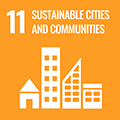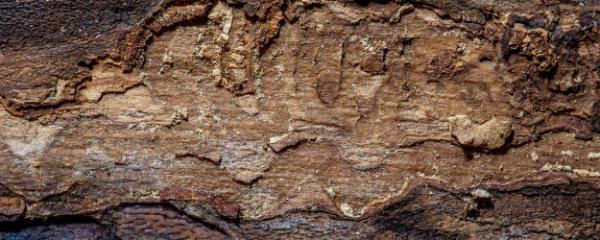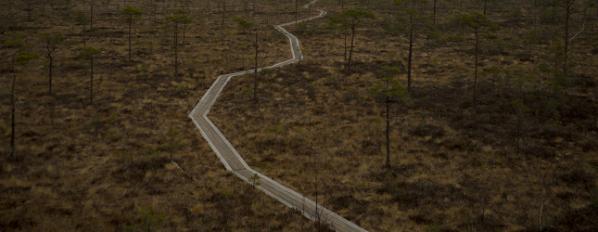Making Ireland Modern (MIM) is a research and design project that established and communicated the overlooked significance of modern architecture and infrastructure in the realisation of the new Irish State.
Research Challenge
COMMUNICATING THE SIGNIFICANCE OF MODERN ARCHITECTURE
Developed after winning an open competition for Ireland’s pavilion for the 2014 Venice Biennale, the exhibition was selected and expanded for Art: 2016, the State’s national centennial celebrations. In 2018, it was further recognised in a Getty Foundation Keeping it Modern grant (the first and, to date, only awarded in Ireland) to conduct further research into conserving St. Brendan’s School (1978), one of the buildings showcased in the project’s exhibitions/publications.
Our Approach
THE RELATIONSHIP BETWEEN SPACE, TIME AND MODERN INSTITUTIONS
Originating in 2013 and designed, curated and led by Boyd and John McLaughlin (of John McLaughlin Architects and University College Cork), Making Ireland Modern (MIM) was a cross-disciplinary, inter-institutional, inter-media design and research project.
Combining research about architecture with research through architecture it conveyed, to a variety of public and professional audiences, a hitherto underexplored spatial, cultural and historic narrative.
This was realised through a series of manifestations: a physical pavilion and exhibition with four place-specific iterations, a book, an academic paper, a series of public events; and sundry ephemera, including a website.
MIM exposed - to new international, national and local audiences - the hitherto under-acknowledged importance of architecture’s role in developing the physical and cultural identity of the new Irish State.
What impact did it make?
LOCAL IMPACT WITH GLOBAL REACH
MIM exposed the hitherto under-acknowledged importance of architecture’s role in developing the physical and cultural identity of the new Irish State to new international, national and local audiences
The innovation and originality of the project prompted two of its principal governmental funders, Culture Ireland and the Arts Council of Ireland, to select MIM for highly prestigious public international and national events.
The Venice Biennale is the biggest architectural exhibition globally. The 2014 event was visited by over 350,000 individuals. MIM, the Irish nation’s pavilion, was widely covered in the global architectural press and media.
In Ireland, the project was extended to form one of the major strands of ART: 2016, the Irish State’s cultural celebration of the 1916-2016 centenary. As part of Art 2016, the exhibition toured three major cities in Ireland (Dublin, Galway and Cork).
Throughout its tour, it engaged with specific groups within local communities through workshops, talks, site visits and other public events and featured in local and national media.
MIM’s international success in exposing the significance and pivotal role of Ireland’s modernist architecture has been further evidenced by the award of a John Paul Getty Foundation Keeping it Modern (KIM) grant. One of only ten recipients of a KIM award in 2018 globally and the first and only to be awarded in Ireland.
Our impact
Impact related to the UN Sustainable Development Goals
Learn more about Queen’s University’s commitment to nurturing a culture of sustainability and achieving the Sustainable Development Goals (SDGs) through research and education.








